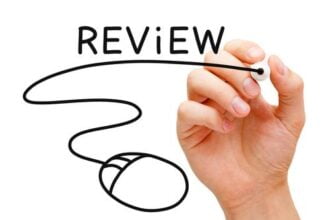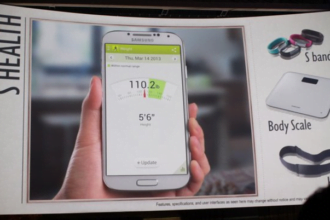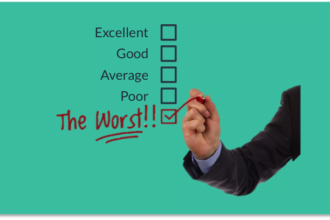If you’ve been paying attention, it would be hard to escape the sudden promotion of what we in technology sector describe as the “Internet of Things” (IoT). If you work in healthcare, you may already be dismissing the relevance of IoT to your industry. You may think IoT is just another tech industry buzzword like big data. Even if you see the IoT as something that will one day be important, you most certainly have more pressing issues on your mind right now. However, believing that may prove to be a strategic misstep and here’s why.
If you’ve been paying attention, it would be hard to escape the sudden promotion of what we in technology sector describe as the “Internet of Things” (IoT). If you work in healthcare, you may already be dismissing the relevance of IoT to your industry. You may think IoT is just another tech industry buzzword like big data. Even if you see the IoT as something that will one day be important, you most certainly have more pressing issues on your mind right now. However, believing that may prove to be a strategic misstep and here’s why.
 Experts predict that by 2020 somewhere between 30 and 50 billion “things” will be connected to the Internet. How is that possible in a world of 7 to 10 billion people? Consider for a moment, all the things connecting to the Internet today—computers, phones, navigation systems, home automation systems, etc. Think about all the business machines, energy infrastructure, and manufacturing robots that are connected to the Internet today.
Experts predict that by 2020 somewhere between 30 and 50 billion “things” will be connected to the Internet. How is that possible in a world of 7 to 10 billion people? Consider for a moment, all the things connecting to the Internet today—computers, phones, navigation systems, home automation systems, etc. Think about all the business machines, energy infrastructure, and manufacturing robots that are connected to the Internet today.
Besides all the “things” currently on the Net, there will soon be new data streams coming from our homes, businesses, from health and fitness apps, and from apps that help us manage chronic diseases. There will be all kinds of new wearable devices and a wide variety of sensors that are able to measure physiology, behaviors, environmental conditions and our safety.
As healthcare payment systems shift from paying for volume to paying for value, from paying a fee-for-service to shared risk and outcomes, incentives will quickly shift to align in ways that can take advantage of using technology to deliver health information and medical services in more cost effective and convenient ways. Increasingly, care will be shifted from high acuity to lower acuity settings, away from hospitals to ambulatory and specially clinics, retail settings, and even the consumer’s own home.
Technology will be used to facilitate communication and collaboration in health and healthcare. And advances in cloud-based, predictive analytics and machine learning services, such as the Microsoft Azure Machine Learning service announced just last week, will be used to influence and improve population health in ways previously not possible.
These advances will call for new platforms and technologies that not only manage innumerable data streams and the devices and sensors producing them, but keep personally identifiable health information private and secure. As we know, when it comes to health data, nothing is more important than privacy and security.
 Getting started now on a strategy that includes the Internet of Things will prepare you for the business transformation that will surely come to healthcare. You may think time is on your side, but things are changing very fast. Just ponder for a moment how technology is reshaping the world of retail.
Getting started now on a strategy that includes the Internet of Things will prepare you for the business transformation that will surely come to healthcare. You may think time is on your side, but things are changing very fast. Just ponder for a moment how technology is reshaping the world of retail.
The adoption of digital technologies is already becoming mainstream in healthcare. Furthermore, with the kind of cost-shifting currently taking place in health plans, with consumers more and more on the hook for out-of-pocket costs and high-deductibles, they are demanding more self-service options for their care. They are also demanding greater transparency on the price and quality of health services. They expect technologies to seamlessly connect them, and the data about them, to their healthcare providers.
To manage this new environment, you’ll need an “Intelligent Systems Service” that can help you assess and treat patients more effectively, wherever they may be. This will require incorporating individuals’ preferences and values into the applications that connect them to their caregivers, including into their records, and even the lifestyle data they, themselves, may be collecting.







